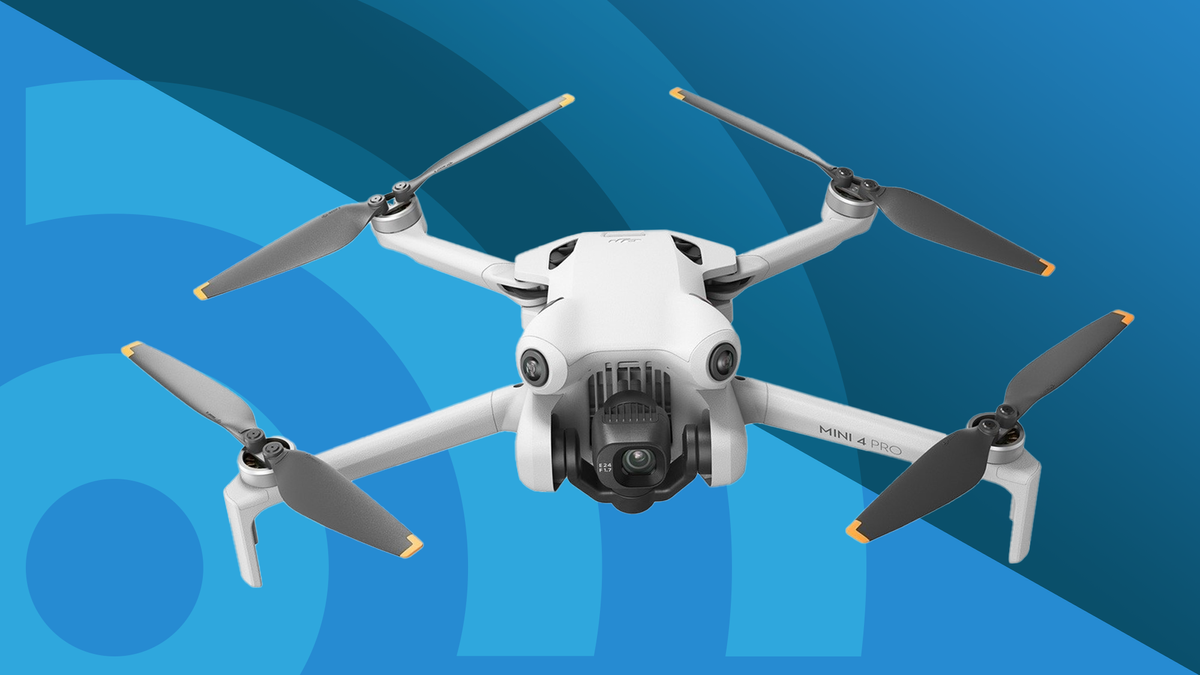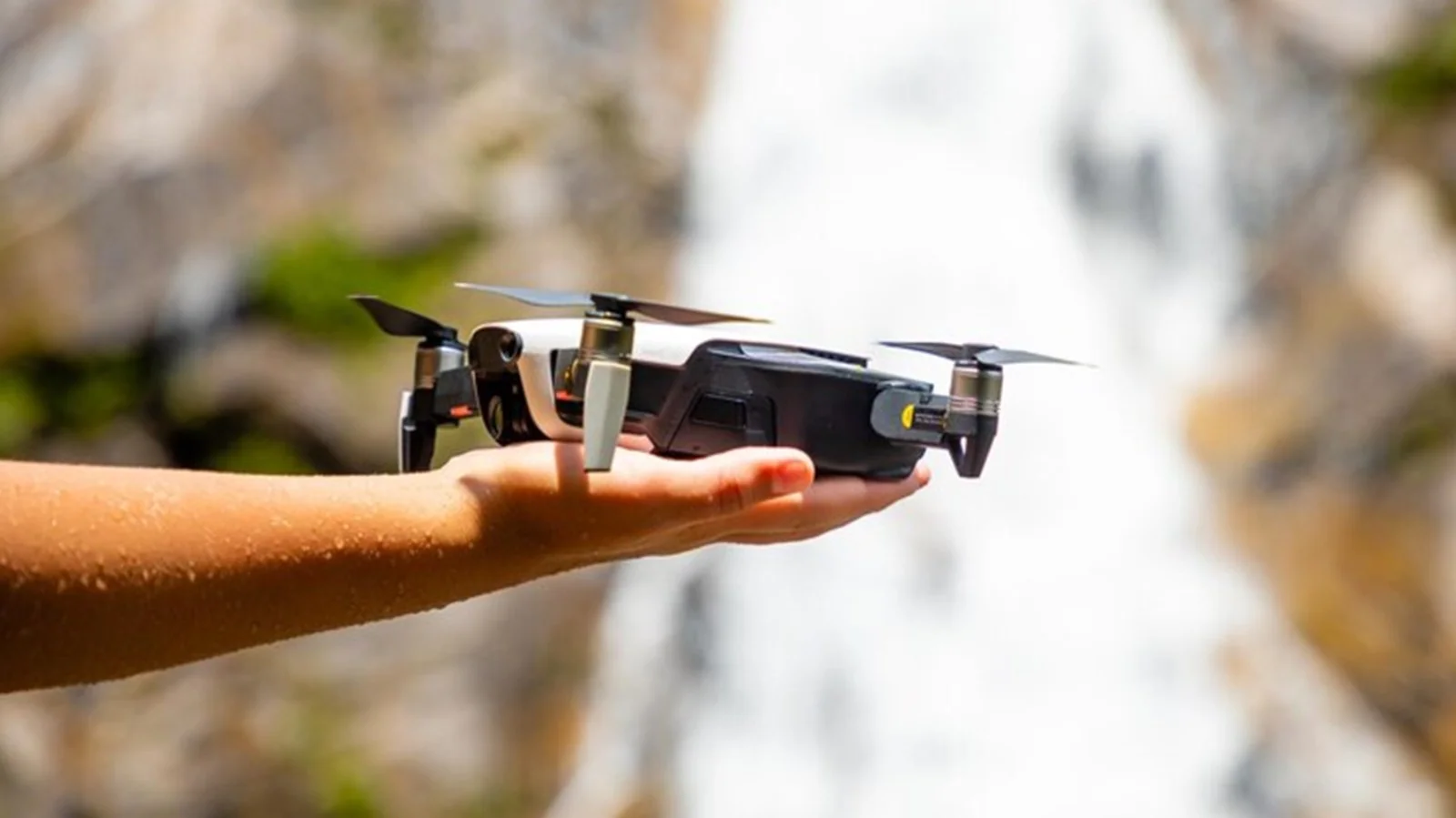Are you ready to take your autonomous missions to new heights? Look no further! In this ultimate guide, we’ll unveil the top autonomous drones that will revolutionize how you approach aerial tasks.
From cutting-edge technology to unparalleled performance, these drones are set to redefine what it means to fly autonomously.
Whether you’re a drone enthusiast or an industry professional looking for the perfect companion, join us as we unravel the secrets of these game-changing machines.
Get ready to soar into a world where possibilities are unlimited – welcome to The Ultimate Guide to the Top Autonomous Drones for Autonomous Missions!
Introduction to Autonomous Drones
The technology of drones has progressed rapidly in recent years, and autonomous drones can now fly and navigate without human input. This guide will introduce you to the top autonomous drones for autonomous missions and their capabilities and features.
Drones have been used extensively in military and commercial applications for years, but their potential is only beginning to be realized. One of the most exciting areas of drone technology is the development of autonomous drones, which can fly and navigate without human input.
Autonomous drones offer several advantages over traditional human-crewed aircraft. They are cheaper to operate, can stay in the air for extended periods, and can access places difficult or impossible for humans to reach. In addition, they can be equipped with various sensors and cameras to provide real-time data and images from inaccessible or dangerous locations.
The use of autonomous drones has its challenges, however. Concerns about their safety, reliability, and the ethical implications of using uncrewed aircraft exist. But as technology develops, these issues are likely to be resolved. In the meantime, autonomous drones are opening up new exploration, research, and security possibilities.
Types of Autonomous Drones
There are a few different types of autonomous drones: those that use GPS for navigation, computer vision for navigation, and a combination of both.
GPS-based autonomous drones can fly to specific locations by following pre-programmed GPS coordinates. This type of drone is often used for mapping or surveying missions.
Computer vision-based autonomous drones rely on cameras and image recognition algorithms to navigate. This type of drone is often used for search and rescue missions or autonomously exploring an area.
Drones that use a combination of GPS and computer vision can switch between the two modes depending on the situation. This allows them to take advantage of the strengths of both methods.
Benefits of Autonomous Drones
There are many benefits to using autonomous drones for autonomous missions. One of the primary benefits is that it reduces the need for human pilots.
This can save time, money, and lives. In addition, autonomous drones can be used in hazardous or difficult-to-reach environments. They can also be used for long-duration missions where a human pilot cannot stay alert for the entire task.
The Top Autonomous Drones for Autonomous Missions
As the drone industry continues to grow, so does the number of autonomous drones available on the market. At the same time, there are various types of autonomous drones, including those designed for specific tasks such as delivery or photography, a few stand out as the best overall.
The DJI Phantom 4 is one of the most popular drones on the market and for a good reason. It’s easy to use, reliable, and has various features that make it great for beginners and experienced users. The Phantom 4 also has several autonomous features that make it perfect for missions.
Another excellent option for an autonomous drone is the Yuneec Typhoon H Plus. Like the Phantom 4, it’s easy to use and has plenty of features. However, its six-rotor design sets the Typhoon H Plus apart, which gives it increased stability and lift power. This makes it ideal for more extended missions or missions under challenging environments.
If you’re looking for an even more capable autonomous drone, the Autel Robotics X-Star Premium is worth considering. It has all the Phantom 4 and Typhoon H Plus features but is also equipped with an HD camera and gimbal system. This makes it perfect for photography or videography missions.
How to Choose the Right Autonomous Drone for Your Needs
When choosing an autonomous drone for your needs, you need to consider a few key factors. First, you need to think about what kind of drone you need. Do you need a quadcopter or a fixed-wing drone? What kind of payload capacity do you need? How long do you need the drone to stay in the air?
Once you’ve considered these factors, you can start looking at specific drones. Several great autonomous drones are on the market, so take some time to read reviews and compare features. Pay attention to flight time, range, payload capacity, and price.
Once you’ve found a few drones that fit your needs, it’s time to decide which is right for you. Try to test out the drone before you make your final decision. This will allow you to see how easy it is and whether it meets your expectations.
With so many great autonomous drones on the market, there’s no reason not to find the perfect one for your needs. By taking the time to consider your options and compare different drones, you’ll be sure to find the ideal match for your autonomous missions.
Other Considerations When Choosing an Autonomous Drone
When choosing an autonomous drone for your needs, there are a few other considerations you’ll need to consider. Here are a few key factors to keep in mind:
-Payload: How much weight can the drone carry? This is important to consider if you plan on using the drone for carrying any payload (e.g., cameras, sensors, etc.).
-Range: How far can the drone fly before needing to be recharged or replaced? This is important to consider if you need the drone to cover a large area.
-Flight time: How long can the drone stay in the air before needing to be recharged or replaced? This is important to consider if you need the drone to remain in the mood for extended periods.
-Price: Price is always a consideration when making any purchase. You’ll want to ensure you’re getting good value for your money when it comes to drones.
Conclusion
Autonomous drones can now complete complex missions with minimal input from a human operator. In this guide, we’ve discussed some of the best drones currently available for autonomous missions, including their features and capabilities.
We hope you’re now more knowledgeable about these fantastic pieces of technology and can make an informed decision when selecting a suitable drone for your next mission.









Leave a Reply